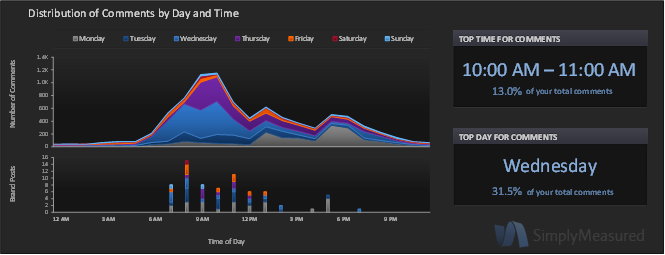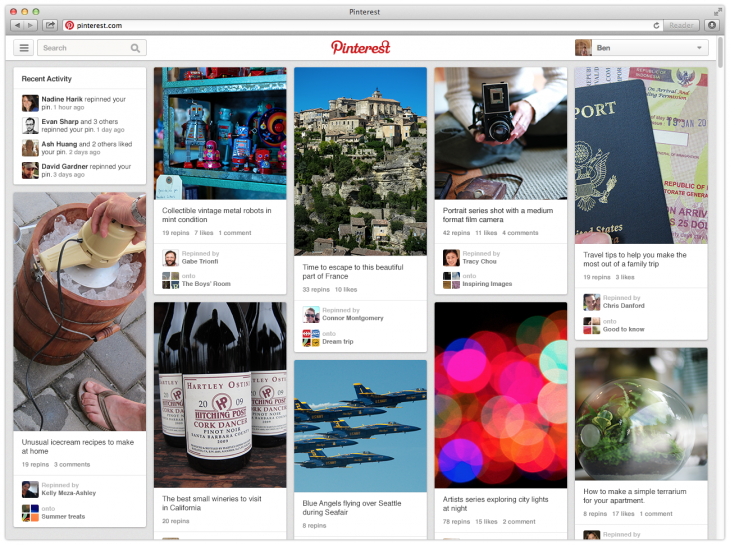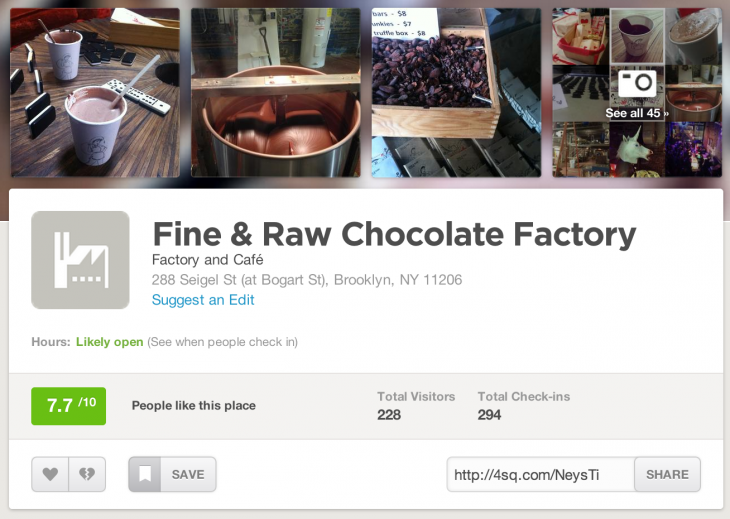Which social media platform is best for your business?
It is commonly suggested that to increase your brand presence, you need to be active on all forms of social media. While that may be true, unless your company has a dedicated social media coordinator, finding the time to maintain every platform out there can be extremely time consuming.
If your company is just starting out on the Web and need to pick a few social media networks to rule over, here is our guide to choosing the best platform(s) for your business, and how to make the most out of them.
1. Twitter
Who should use it: Everyone – from individuals to the largest multinational corporations
What to share: Start, join, and lead conversations; interact directly with brands and customers
Post frequency: Multiple times per day
Twitter is the dominant democracy of the social-sharing economy. Relevancy, personality and brevity are the keys to making your voice heard.
Useful tools: Buffer lets you stockpile and schedule content in advance. Tools like this allow for posting around-the-clock, increasing the likelihood of snagging followers beyond your country or time zone without being working 24/7.
It’s a guarantee by this point that a conversation relevant to your industry or business is occurring on Twitter. The only question: are you part of it?
2. Instagram
Who should use it: Lifestyle, food, fashion, personalities and luxury brands
What to share: Share visual content, including short videos (less than 15 seconds)
Post frequency: Once a day
Instagram invites brands with visual content into their customers’ zone-out time. Create and post content accordingly.
You’ll want to experiment with your own userbase and followers, but it’s likely that the best time to target your posts will be to get to your audience’s eyes during their commutes, nights, and weekends.
Useful tools: While hashtags are clickable and useful for search purposes, links in comments and captions are not.
Instead, use the integrated sharing functions for Facebook, Tumblr and Twitter to repurpose your Instagram posts for more shareable media. Include a relevant hashtag to become more discoverable on Instagram and to track engagement across sites where you share the content.

Additionally, Followgram is a great tool for tracking your stats on the most liked and commented posts, along with top tags and locations.
3. LinkedIn
Who should use it: Businesses (especially B2B service providers), Recruiters and Job-Seekers
What to share: Job-postings, company descriptions, employer/employee research
Post frequency: Two to four times a week
LinkedIn is the online analog to old fashioned networking. People – and connections to people – are everything
Keep a company description and profile page mindful of keyword SEO, but your network of employees and contacts is your most valuable (and potentially damaging) content on LinkedIn. Make sure people in your organization are appropriate, professional and on-brand. There’s nowhere online where employers and employees are more intimately linked.
Company seeking clients and individuals seeking employment should grow their LinkedIn networks by adding as many real connections as possible. Use your second and third-degree connections to request personal introductions (when reasonable), and weed out the Internet’s infinity of companies and applications, focusing on opportunities where you have some real connection.
Top tip: LinkedIn shares more about your own electronic creeping than any other network. Paid users can see who’s viewing their profiles.
If you’re researching a competitor or doing some preliminary job-seeking you’d rather your boss didn’t know about, try a Google search specifically for the LinkedIn page you want to see.
4. Facebook
Who should use it: Everyone and their grandmas (literally)
What to share: All types of online content, events, ads
Post frequency: Once or twice a day
Consider advertising or paying to promote your page on Facebook, but don’t make your brand’s Facebook page itself look like an advertisement. Inspire conversations and shares – and be sure to ask questions.
Of all social networks, Facebook is best equipped to linearly share responses to a post asking a question or sparking conversation. Answers then appear in friends of your respondents, spreading the conversation.
Facebook offers personal connection and an enjoyable distraction amidst the work day, but use typically peaks outside of work hours. There’s no shortage of options for analyzing Facebook data. Track the success of your content by date and time to hone in on the best times for engaging your audience.
Useful tools: URL shortener Bitly does more than just shrink down links. Each time you convert a link, Bitly offers stats on clicks generated from that specific link, making it helpful to see how much traffic is brought directly from sharing to Facebook.
5. Google+
Who should use it: Brands already on the other major social networks, B2B networking, bloggers
What to share: More formal and professional than Facebook; Hashtags have major search value
Post frequency: Once or twice a day
As Google’s proposed alternative to Facebook, keywords and search engine optimization are central to the appeal of Google+. Link often to content on your own website to direct this search boost where you want it most.
Useful tools: Bloggers, set up Google Authorship to have your Google+ profile follow your content from across the Web in search results. More than any particular feature of Google+, users are enticed by integration with Google’s other products.
Case in point? Comments on this article’s next social network now link to Google+ accounts.
6. YouTube
Who should use it: Brands with video content and ads, anyone giving explanations or sharing expertise
What to share: Short (less than 1.5 minutes) video content
Post frequency: Once or twice a week
Google treats its own well, and YouTube is the prime example of this fact. YouTube videos feature prominently in Google search results.
Keep this in mind when naming and describing videos, and direct people looking for insight or explanations within your industry topics to your brand’s page.
Useful tools: A subscription widget or link to your website can help convert single views into long-term influence.
7. Pinterest
Who should use it: Fashion, food, design, travel and anything DIY; audience skews female by 4:1
What to share: Creative, visual content
Post frequency: Multiple times per day
Users pin and re-pin posts to Pinterest Boards, which naturally push the content on Pinterest into categories. This makes easily-categorized content most apt for sharing, and wisely-chosen keywords essential to successful post captions.
Pinterest differs from other popular search engines in heavily favoring recent content. Pinning and re-pinning frequently is necessary to appear within current results for a given search term, regardless of how popular your content is.
Top tip: That stunning visual content on Pinterest? Undoubtedly the hard work of a designer, photographer or videographer. Technically, you’re only supposed to pin content you own or that’s within the public domain. Be sure to attributeyour pins appropriately.
8. Yelp and/or Foursquare
Who should use it: B2C companies, brick-and-mortar outlets (especially stores, restaurants, and travel/tourism related), reviewers and bloggers
What to share: Location-based business search and reviews
Post frequency: Before your physical business opens and whenever information changes. Otherwise, at least weekly.
Share details about your business on an official company profile page. Monitor customer feedback related to your business, and respond to concerns raised in reviews. Consider it free promotion and advertisement (although paid promotions are also available).
Keep your information updated, and pay attention to keywords and SEO in crafting descriptions – Yelp listings in particular feature prominently in Google searches for local businesses.
On the consumer side of these B2C networks, reviewers and bloggers can use Yelp and Foursquare to grow their following. You can’t post a link in a review (Yelp with flag those and potentially suspend your profile), but you can develop a reputation for reliable reviews.
Top tip: Both Yelp and Foursquare users tend to glance, so it’s important to get as many high numbered ratings as possible to gain a positive first impression. Add a link to your blog or personal website under the profile section to capture additional readership.








